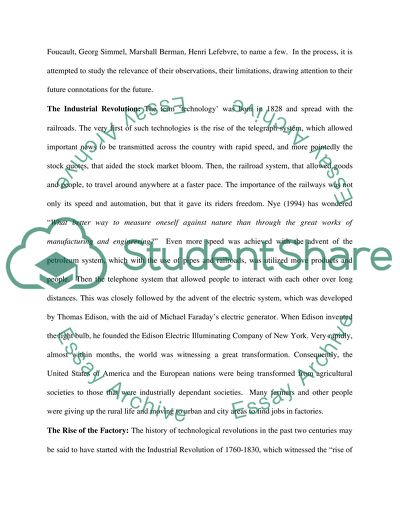Cite this document
(“The intrusion of new technologies into the life-world lies at the Essay”, n.d.)
Retrieved from https://studentshare.org/science/1517685-the-intrusion-of-new-technologies-into-the-life-world-lies-at-the-heart-of-the-story-about-20th-century-modernity
Retrieved from https://studentshare.org/science/1517685-the-intrusion-of-new-technologies-into-the-life-world-lies-at-the-heart-of-the-story-about-20th-century-modernity
(The Intrusion of New Technologies into the Life-World Lies at the Essay)
https://studentshare.org/science/1517685-the-intrusion-of-new-technologies-into-the-life-world-lies-at-the-heart-of-the-story-about-20th-century-modernity.
https://studentshare.org/science/1517685-the-intrusion-of-new-technologies-into-the-life-world-lies-at-the-heart-of-the-story-about-20th-century-modernity.
“The Intrusion of New Technologies into the Life-World Lies at the Essay”, n.d. https://studentshare.org/science/1517685-the-intrusion-of-new-technologies-into-the-life-world-lies-at-the-heart-of-the-story-about-20th-century-modernity.


